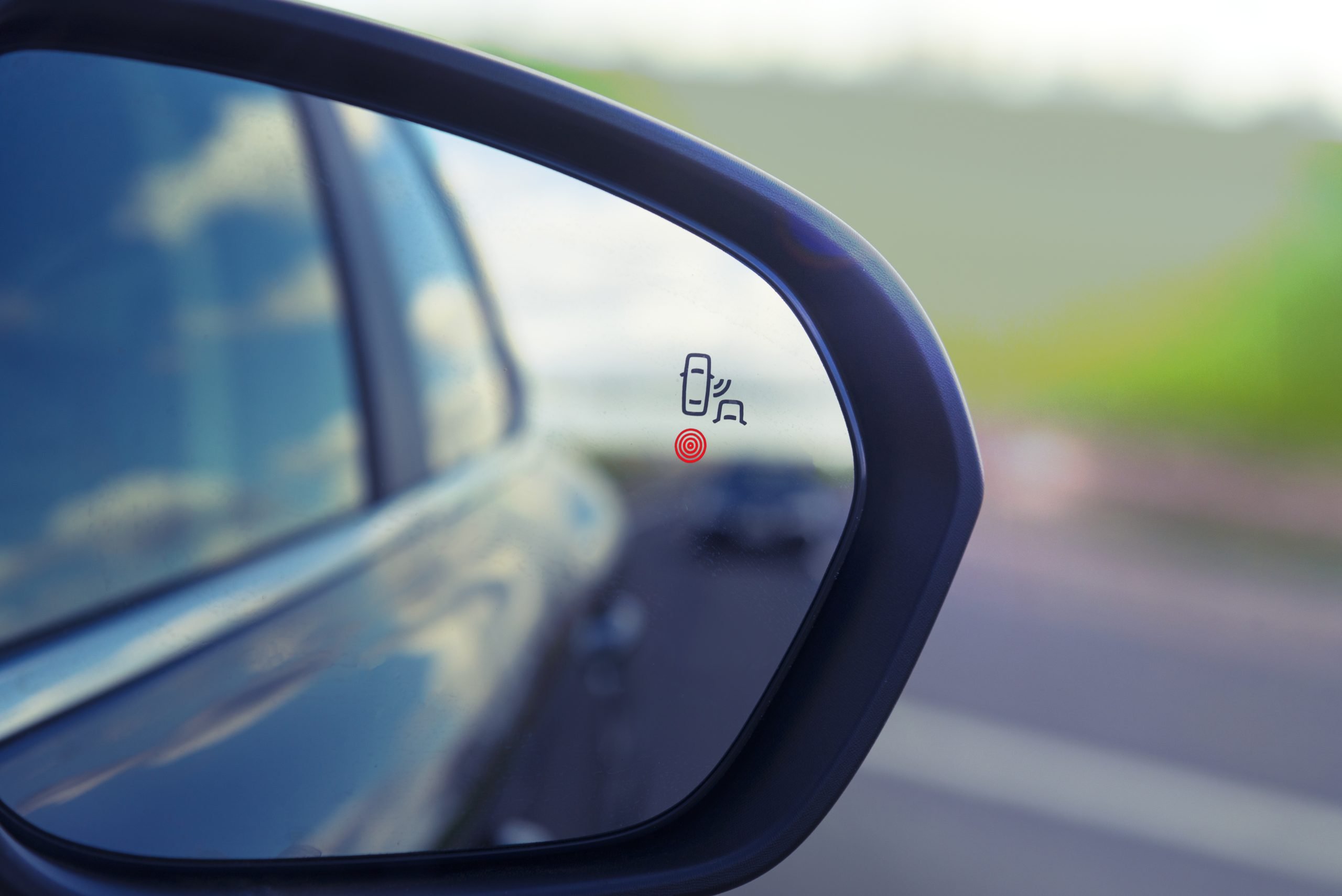
There’s a technology that is in millions of North American vehicles. It’s been commonly found for 20 years. It’s showing up in automotive aftermarket repair shops on a daily basis. But it’s being largely ignored, according to industry experts.
Advanced driver assistance systems (ADAS) have been in vehicles since the early half of the last century but became mainstream starting in the early 2000s. What started as anti-lock braking systems have now grown into technologically complex components, such as lane departure warning, adaptive cruise control and blind spot monitoring.
Of the more than 1 billion vehicles sold globally in 2020, 10 per cent had ADAS features installed, according to research firm Canalys.
Consulting firm Innovatrium released ADAS Aftermarket Ecosystem 2030: The Coming Wave of Aftermarket Opportunity last year. It found about one million vehicles in the United States required ADAS service in an aftermarket shop in 2021.
Paul McCarthy, president of MEMA Aftermarket Suppliers, called ADAS “the revolution that’s here now.”
“This is singularly the highest growth opportunity in the aftermarket. And it’s not from a necessarily low base.”
He put it into context this way: There’s been a lot of talk about electrification. It’s been deserved — it’s newer; government mandates and automaker plans are forcing the aftermarket to think long-term about how they will adjust to the wave. Everyone has been so focused on electric vehicles that ADAS — which is having a larger, more immediate impact — has seemingly been put on the back burner.
“So electrification seems to have sucked so much oxygen out of the room, that some have lost sight of the technology shifts that come into the vehicle parc a lot sooner: Driver assistance,” he said during his group’s Technology Conference in the fall.
He pointed out that one of the association’s landmark studies showed that electrification will have a small portion of the total car parc by 2023. “Meanwhile, ADAS will have at least 42 per cent of a parc — and that’s probably low.”
The Innovatrium study also found that 90 per cent of ADAS work was outsourced to dealers by the mechanical repair sector of the aftermarket. Collision shops outsourced nearly $200 million worth of ADAS calibration work alone.
“This is singularly the highest growth opportunity in the aftermarket,” said Jim Fish, partner at Innovatrium, during last year’s MEMA Vision Conference. “And it’s not from a necessarily low base.”
The aftermarket is further missing out on this opportunity as equipped vehicles exit warranty periods. Vehicle owners don’t see ADAS repairs as a priority. Some even turn off the systems. Whether not working or switched off, the vehicle will still be able to be driven without ADAS operational. So drivers don’t feel the impetus to get repairs done.
“Right now, about 82 per cent of Year 1 [issues] outside of warranty are going to be repaired. But it decays out to zero in the far-out years,” Matt Ballard, business development consultant at Blue Mind, said at Vision. “So in far-out years, people are just not going to get these repaired.”
 Hear more:
Hear more:
Listen to the enhanced media segment
of this story and hear more from Liz Perkins,
owner of L1 Auto Group
Essential safety
ADAS is something Liz Perkins is passionate about. You can hear it in her voice. She’s based in Oklahoma and the owner of L1 Auto Group. Perkins has sunk her teeth deep into the sector, along with her husband Keith. They grew from a 1,200-square-foot shop to a 3,000-square-foot space and now have a nearly 6,000-square-foot building on a two-acre parcel of land that they moved into late last year and now do full vehicle repairs, programming, inspections and diagnostics.
“My family and friends are driving on the same roads as these vehicles. At the end of the day, these systems can be lifesaving,” Perkins told CARS. “I’ve lost family members to vehicle safety issues. Had they been done properly and correctly, those people would still be here today.”
She pointed to the issue of inattentive driving. People are distracted by kids in the back seat, complicated infotainment systems and their smartphones. ADAS is intended to act as a safeguard from these distractions.
“It’s designed as a safety system and a help for people that are driving,” Perkins said. “I love the fact that the technology is moving forward and helping us drive safer.”
But it’s the aftermarket’s responsibility to ensure these systems are in proper working order so the vehicles can be safe.
“This market is not super new. We’re just having a lot more players in it,” Perkins observed as a gateway to many issues.
She’s spoken to people who find shortcuts or trick the system into getting calibrations to work and vehicles to pass. Some have told her they’ve moved targets around to get the desired green light.
“Well, no. Now you just told the system the target is here. It’s expecting it to see it there,” she pushes back on people improperly recalibrating.
If the target has been moved, the vehicle is expecting to see an object in that area when on the road. In a real-life situation, the object wouldn’t be in that spot, potentially causing it to go undetected by the system.
“There’s just a lot of things out there that you need to make sure you’re doing correctly, properly,” Perkins said. “You don’t want that liability to fall back on you.”
“I think there are impressive liabilities around vehicles being repaired that aren’t getting calibrated.”
Liability
This is where any shop that sends out an uncalibrated or improperly calibrated vehicle should be concerned.
“I think there are impressive liabilities around vehicles being repaired that aren’t getting calibrated,” according to Greg Peeters, CEO of Car ADAS Solutions.
An uncalibrated or improperly calibrated vehicle will continue to function but the safety systems won’t properly. “It is not avoiding accidents the way it’s supposed to,” Peter said during the fall’s Technology Conference hosted by MEMA Aftermarket Suppliers.
Shops could find themselves in legal trouble, he warned. “I think there’s going to be some very serious lawsuits,” he said. “We’ve already seen some indicators of that starting.”
Perkins knows of one firsthand that saw a shop owner lose their business by using an incorrect calibration method.
“As an individual who owns a business, what it comes down to is: I want to take off as much liability as I possibly can off myself,” she said. “And I would feel awful if I had done something wrong, or my employees did something wrong.”
The liability risk is how a lot of shops get on board with ensuring recalibrations are done and done properly, Perkins finds.
“As a shop owner or repair center, you need to make sure that your techs are following all the procedures for every vehicle,” she said. “We want to make sure the lug nuts are tightened down. And this is just one of those steps that need to be implemented. And that’s our mission — to try to get that done.”
“As a shop owner or repair center, you need to make sure that your techs are following all the procedures for every vehicle.”
What do you need?
ADAS calibrations require a strict workspace. Typically, a bay that measures 30 by 50 feet and 12 feet of ceiling space — at minimum — is the starting point, Peeters said. The floor needs to be precisely level and needs to be a low-sheen finish. The vehicle and targeting systems need to sit on the exact same plane. The walls have to be the same colour. There can’t be reflective surfaces. Lighting has to be uniform.
“Having a standard and sticking to it. We are matching OE standards,” Perkins said of her business. “So when the OE says, ‘We know that under these conditions, it is tested, it is safe, this is how it should operate,’ I need to follow them.”
Metal can’t be anywhere nearby for radar calibrations. The radar is looking for metal and could ping back an incorrect reading. So that means you can’t have a metal tool cart or metal door nearby when doing a blind spot monitoring calibration.
“Otherwise, it’s going to see those things and bounce back too quickly or take too long and confuse it with the target,” Perkins said.
She also recommended looking at the vehicles being serviced most in your business when deciding how to set up space. A Toyota’s needs may differ from a Ford’s which may differ from a Subaru’s. Read the service information procedure; it will lay out what you need to do.
Perkins does a pre- and post-scan. After the calibration, she does a verification test drive to ensure the system is operating the way she calibrated and to the manufacturer’s standards.
Getting started
If you’re not seeing enough ADAS work to justify the tens of thousands of dollars you’d need to invest in calibration equipment, your neighbourhood shops collectively might. Perkins suggested talking to your community of shop owners and work on an agreement to do their ADAS work for them, especially if you have the space.
“Work in collaboration with them and say, ‘Hey, when you get [a vehicle], I can take care of that for you,’” she said.
Furthermore, programming work is often tied into ADAS, so that could mean even more business for you.
“ADAS and programming kind of end up going hand-in-hand for the fact that if you put a new module in, you might have a program that first and then you have to do the calibration,” Perkins pointed out. “So lucrative-wise, when you’re looking at the cost benefits, you’re able to charge a premium because it’s not something offered everywhere.”
Plus, while some dealers can do calibrations, shops have to go to the vehicle’s branded dealer and get an appointment.
“So look at your community, not just inside the four walls of your shop,” Perkins said. “You’re able to charge a pretty good premium for these because these systems do take a long time.”
This article originally appeared in the March/April issue of CARS





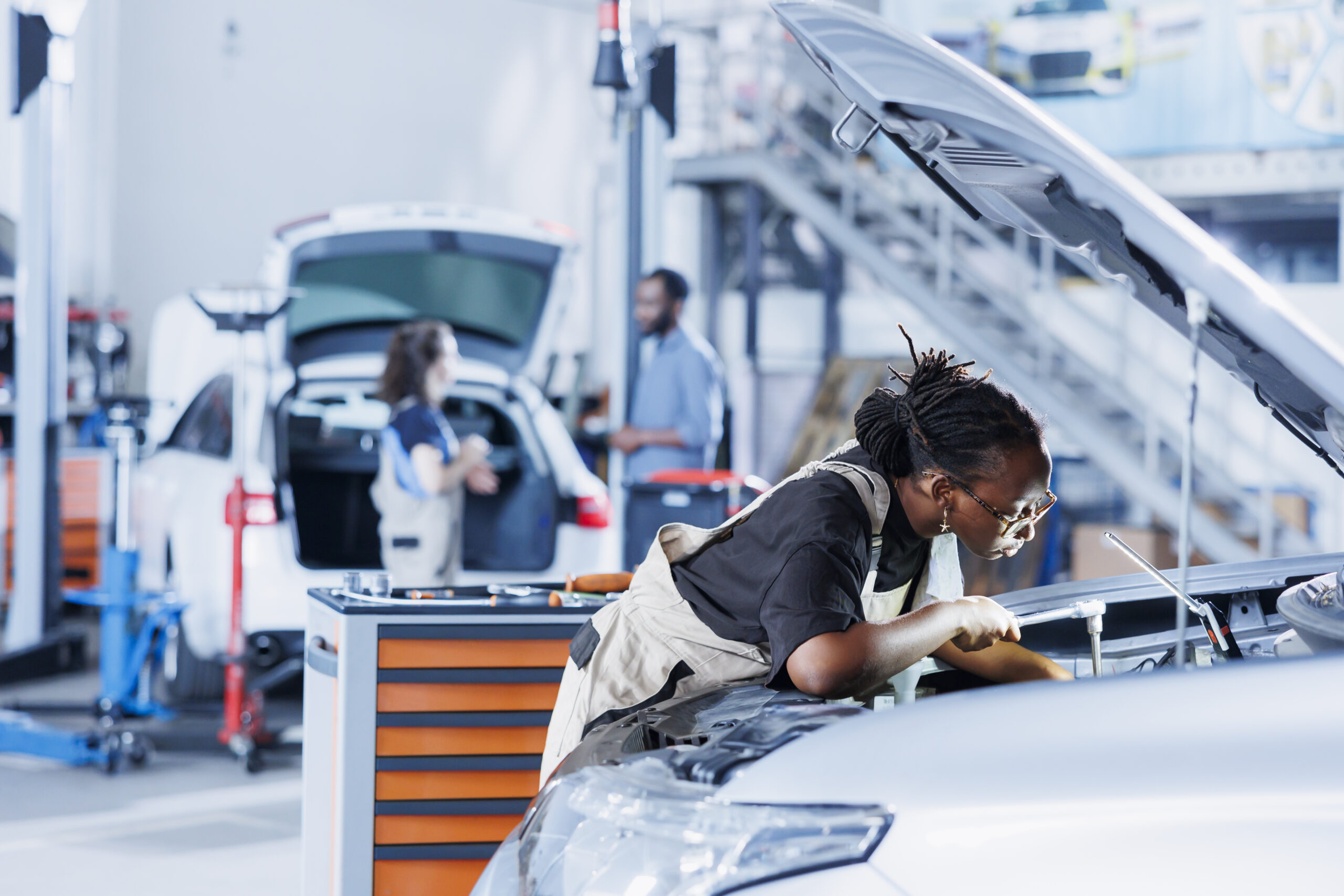

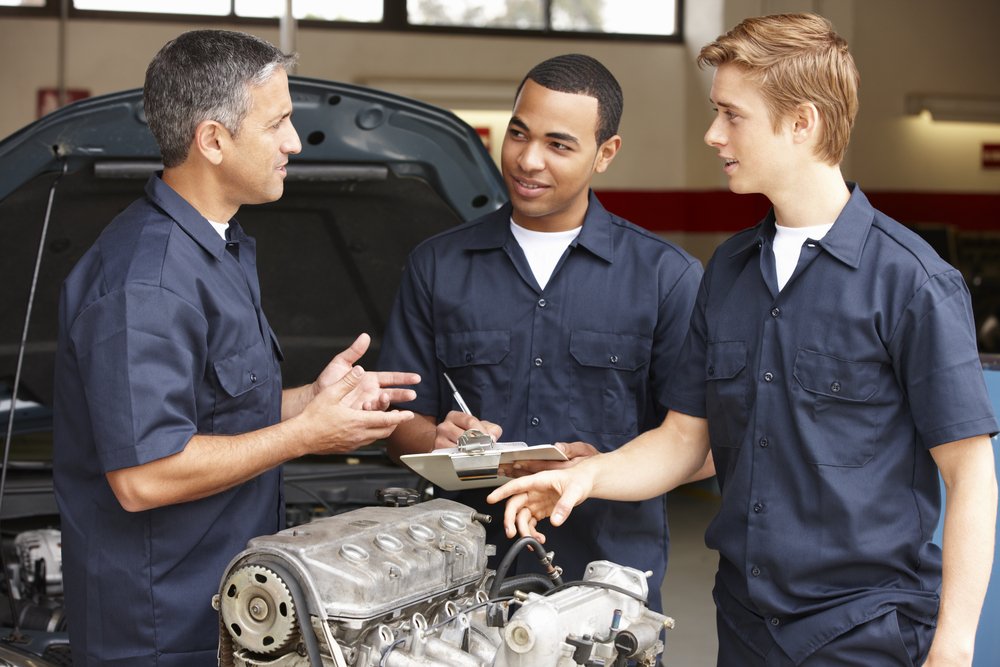
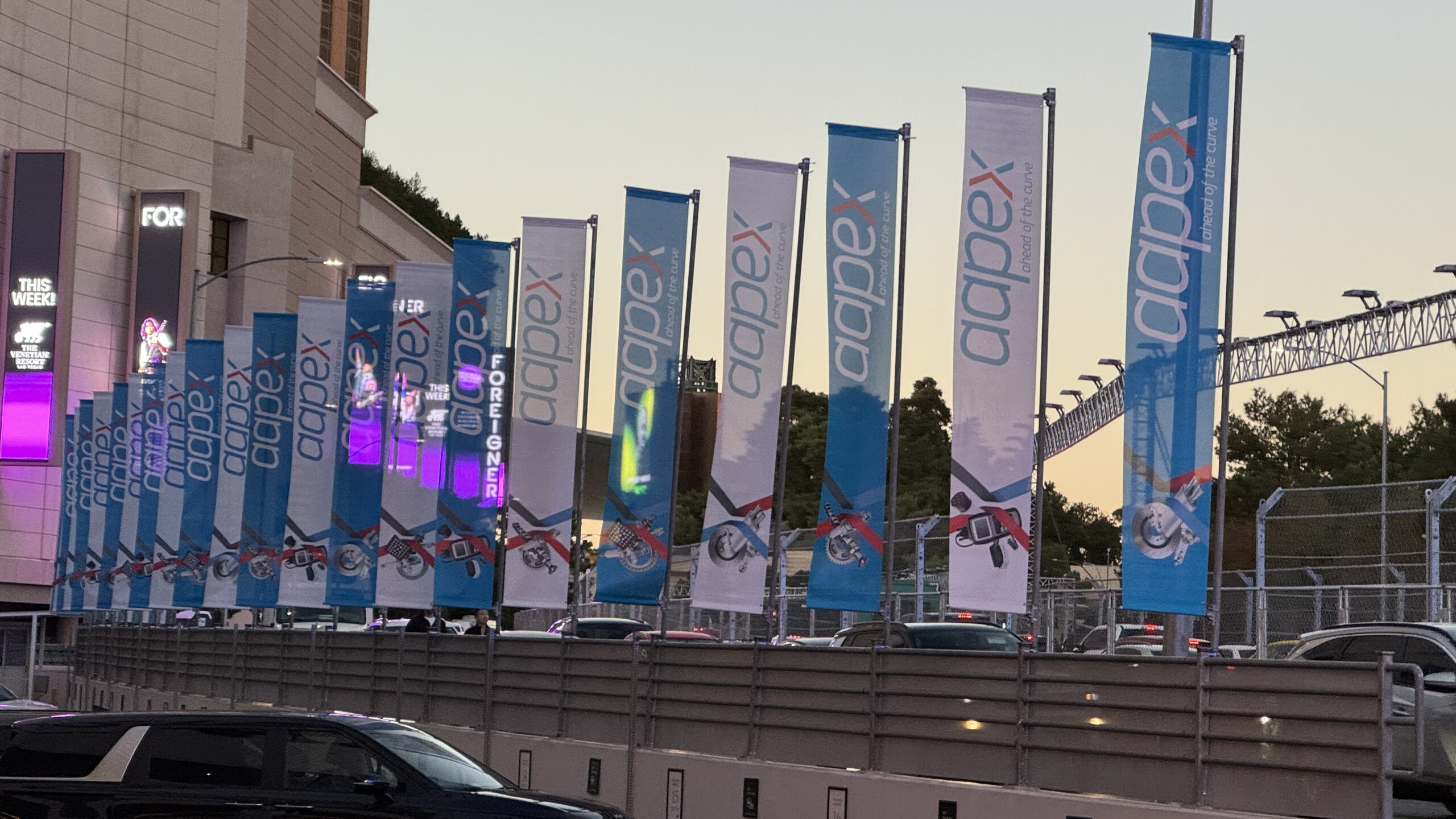


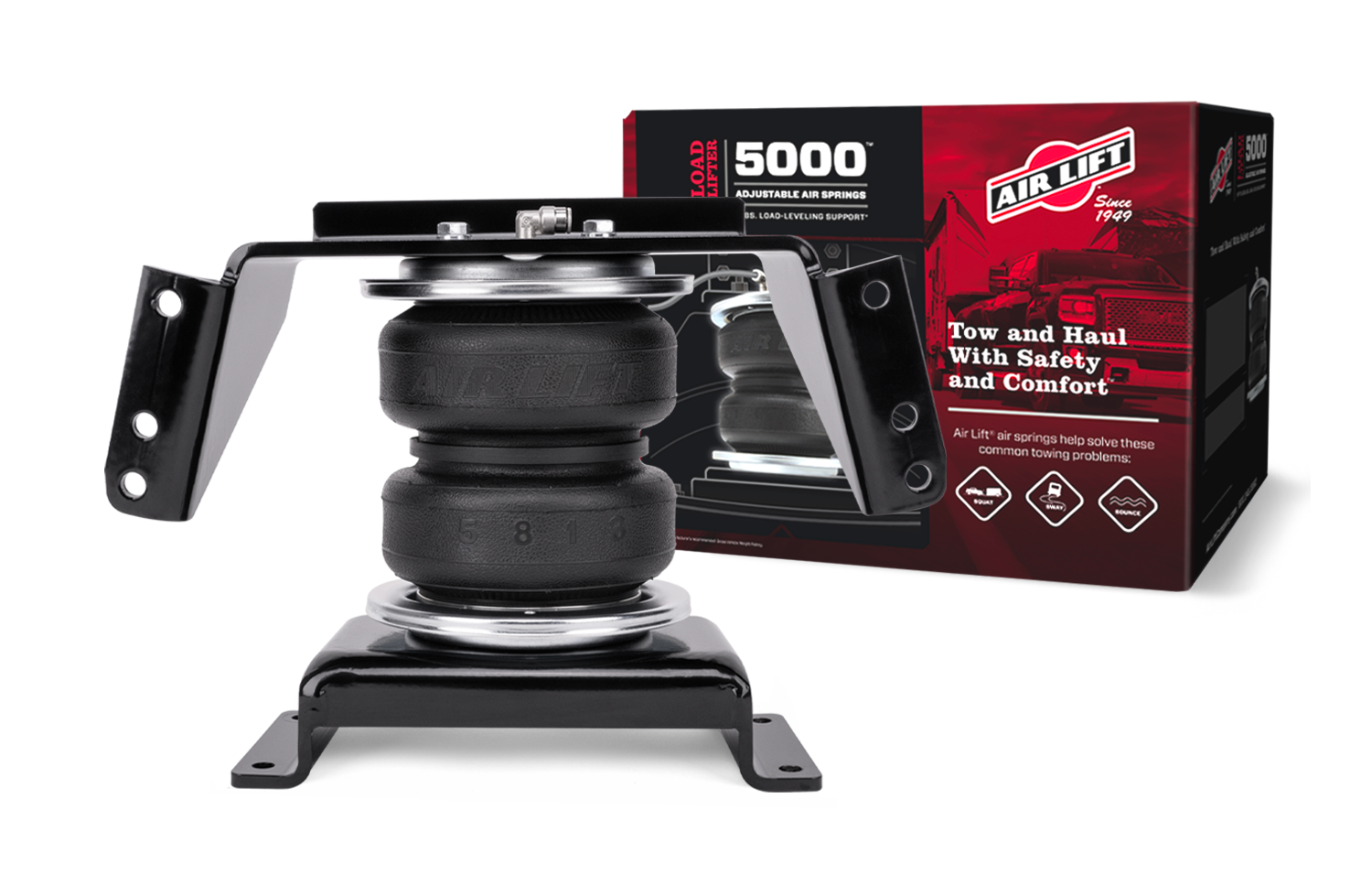
Leave a Reply